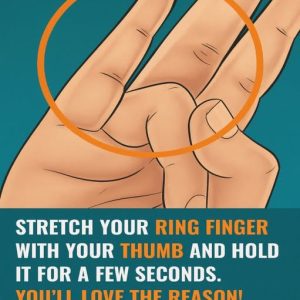The passage charts a profound transformation that begins with a seemingly disastrous event: losing a job. At first, her reaction is visceral — panic, shame, and fear overwhelm her as she imagines how others may see her. She worries that her job loss will be viewed as a personal failure, proof she was careless or not good enough. But as she distances herself emotionally from the event, a deeper reality emerges: it was not her shortcomings that led to her dismissal, but a toxic work culture. She realizes that kindness and empathy were punished, and her boss felt threatened by her sincerity. In truth, her firing was not a judgment on her competence but a reflection of an insecure leadership and a workplace that didn’t value emotional intelligence.
What follows her departure surprises her more than the loss itself. In the weeks afterward, people begin reaching out, praising her for the compassionate act that triggered her exit — something she had thought of as minor. Others share their own stories: of trying to show care in toxic workplaces, of hiding their true selves because they feared retribution, of regretting not speaking up. Through their messages, she discovers a community she didn’t know existed — made up of people who, like her, were hurt for being decent. Suddenly, she’s not alone. Her forced isolation becomes a point of unexpected connection and belonging.
As she rebuilds her life, her work shifts in both shape and meaning. Free from the stifling environment she left, she reclaims her empathy, now using it where it’s valued. She listens, supports, and guides — tasks she once found draining now bring purpose. Her compassion, once framed as a weakness, becomes her greatest strength in a healthier setting. She learns that the small acts of kindness she’s naturally drawn to are not liabilities but powerful tools for healing in others. By collaborating with people who respect and need her emotional intelligence, she steps into a role that feels authentically hers.
The road to this transformation hasn’t been smooth. She admits to moments of doubt, times when she missed the familiarity — even though that familiarity was harmful. But with each step, she sees more clearly how much grew from the pain. Her old job bound her to a version of herself defined by endurance and suppression. Letting go, though painful, has freed her to become more honest and aligned with her values. The new life she’s forging is lighter because it’s built on her truth, not her fear.
Her story embodies the idea that small, courageous choices can radically reshape a life. That one compassionate act — even when it seems insignificant or costly — can reveal paths that fear keeps hidden. The price of doing what’s right might be steep: losing stability, entering uncertainty, enduring heartbreak. But that very cost can open doors to growth, clarity, and deeper connection. It’s in the courage to act with empathy, even when it’s risky, that we often find our true direction.
In the end, her journey is a testament to resilience and the power of kindness. What looked like her worst moment becomes the spark that leads her to her purpose, her community, and her worth. No longer defined by a boss who feared her sensitivity, she emerges stronger, more grounded, and more fully herself. Her story reminds us that loss can be a beginning, that empathy is strength, and that the bravest paths often bring us home.




